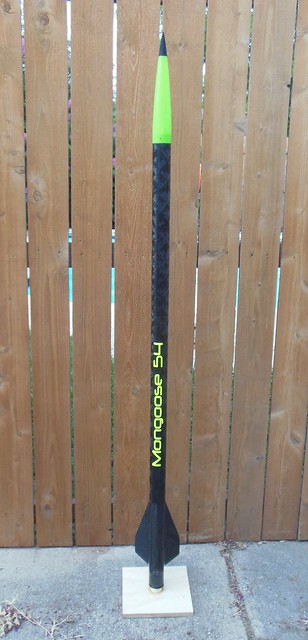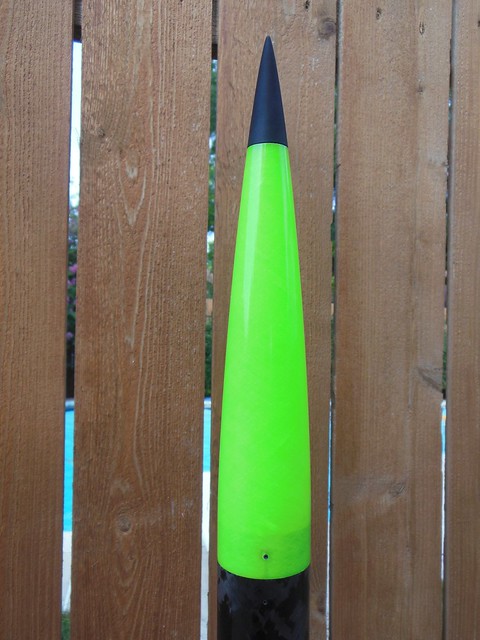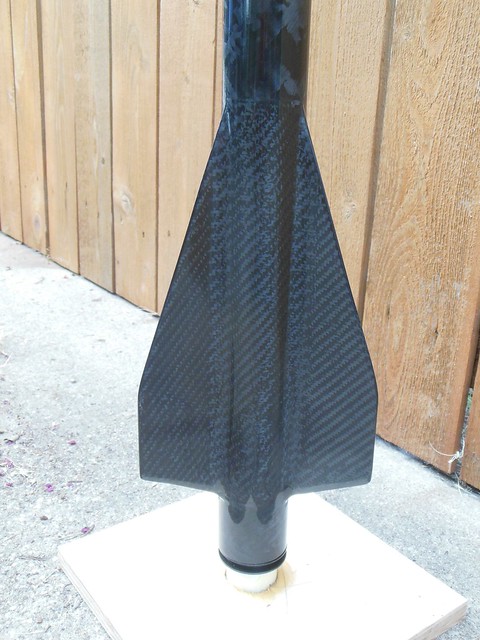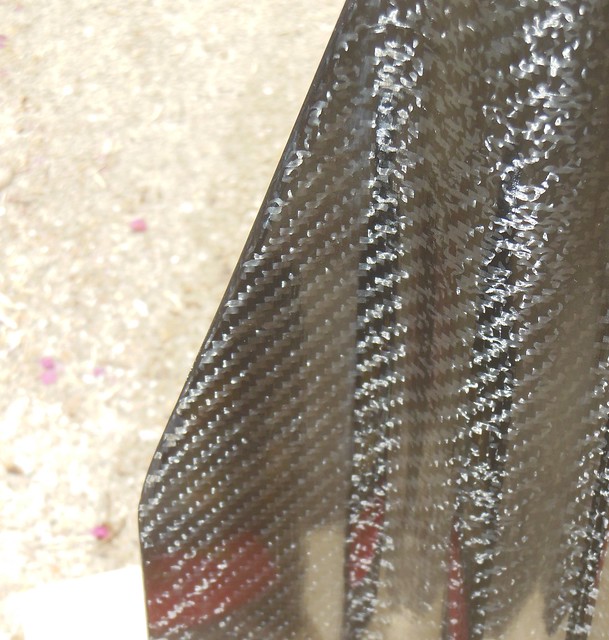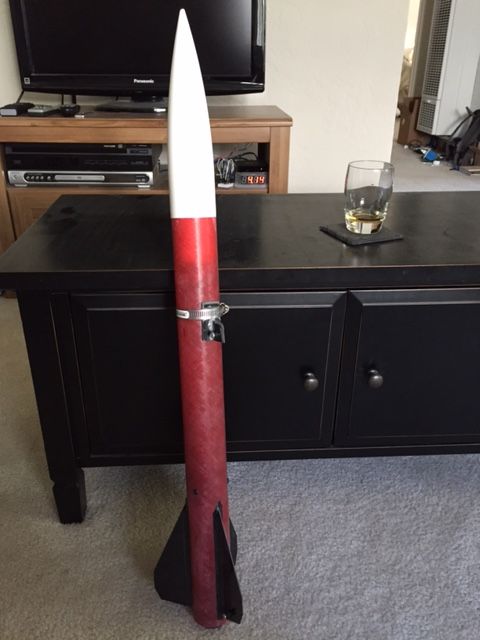plugger
Well-Known Member
- Joined
- Apr 30, 2009
- Messages
- 759
- Reaction score
- 454
Yep, those pics were mine! Taking along water wasn't too hard to figure out. It was about 105F at the time.
Jim
You say that but I was all excited about recovering my rocket and I just didn't think about anything else. In hindsight I should have cached Google Maps satellite imagery on my laptop so I could have actually looked at the coordinates location on a map. If I would have done this Charlie Ogino would have easily come across my rocket as I could have shown him exactly where it was on the map.
That said I won't make the same mistake again. No use getting all excited about recovery, it's better to approach it methodically and logically.





